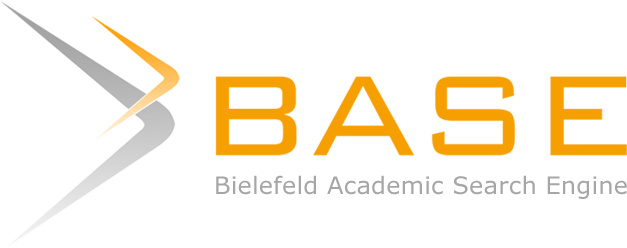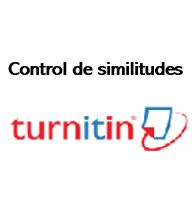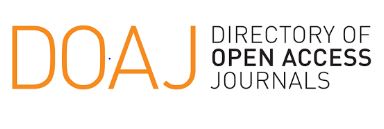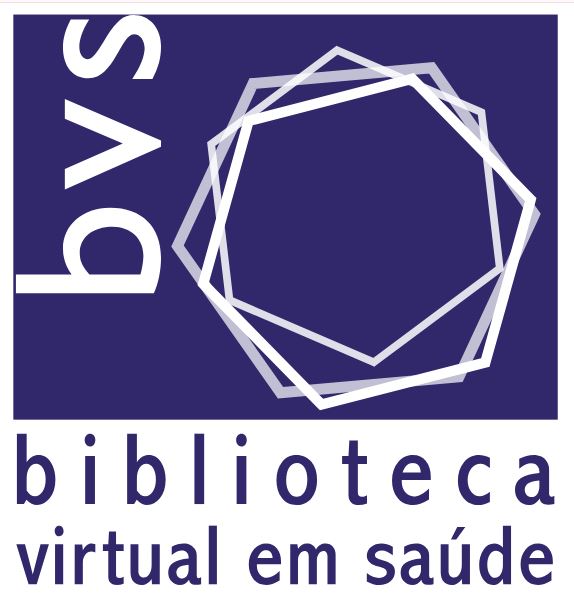La saliva y su papel en la trasmisión del covid-19 – lo que el odontólogo necesita saber
Palabras clave:
Saliva, Covid 19, AerosolResumen
La enfermedad por coronavirus 2019 (COVID-19) es una infección causada por un nuevo tipo de coronavirus recientemente descubierto. El virus COVID-19 se propaga principalmente a través de gotas de saliva o secreción de la nariz cuando una persona infectada tose o estornuda y esto es una alerta para todos los odontólogos. Por tal motivo, se realizó una búsqueda manual de la literatura relevante con los objetivos de determinar el riesgo que tiene la saliva de un paciente infectado con COVID-19 (sintomático o asintomático), así como, su mecanismo de trasmisión y el potencial de contagio al que se encuentran expuestos los profesionales de la salud bucal
Descargas
Referencias
Aquino Canchari CR. Coronavirus COVID-19 y su repercusión en la Odontología. Rev
Cubana Estomatol 2020;57(1):1-5. Disponible
en: http://www.revestomatologia.sld.cu/index. php/ est/articl e/view/3242
Xu R., Cui B., Duan., Zhang P., Zhou X. Saliva: potential diagnostic value and transmission of 2019- nCoV. International Journal of Oral Science 2020; 12(11). DOI: https://doi.org/10.1038/s41368-020-0080- z
Sri Santosh T. A Review of Salivary Diagnostics and Its Potential Implication in Detection of Covid19. Cureus 2020; 12(4):1- 10.
Sociedad Española de Epidemiología y Salud Pública Oral (SESPO). Simposio sobre: Saliva y Salud Dental. Valencia. PromoLibro; 1998.
Lorgulesco G. Saliva between normal and pathological. Important factors in determining systemic and oral health. J Med Life. 2009; 2(3): 303-07.
Llena P. The role of saliva in maintaining oral health and as an aid to diagnosis. Med. oral patol. oral cir.bucal 2006; 11(5): 449-55.
Acevedo A. Saliva and oral health. Rev. Assoc. Med. Bras. 2010; 56(1): 1-9.
Zi Zhang Ch., Qun Cheng Z. Saliva in the diagnosis of diseases. International Journal of Oral Science 2016; 8: 133–13.
Xian X., Xu X., Cheng L. Transmission routes of 2019- nCoV and controls in dental practice. International Journal of Oral Science 2020; 12(9): 1-6.
Watanabe A., Tamaki N., Yokota K., Use of ATP bioluminescence to survey the spread of aerosol and splatter during dental treatments. J Hosp Infect. 2018 Jul; 99(3):303-5.
Jun S., Jinjun J., Ling Y. 2019 novel coronavirus of pneumonia in Wuhan, China: emerging attack and management strategies. Clin Transl Med. 2020; 9: 19
Verity R. et al. Estimates of the severity of coronavirus disease 2019: a model-based analysis. Lancet Infect Dis 2020.
DOI: https://doi.org/10.1016/S1473- 3099(20)30243-7.
COVID 19 Dashboard by the Center for Systems Science and Engineering (CSSE) at Jhons Hopkins University (JHU) [Internet] 2020 [cited 2020 Mar 24} https://coronavirus.jhu.edu/map.html
Ather et al. Coronavirus Disease 19 (COVID- 19): Implications for Clinical Dental Care. JOE 2020; 45(5): 1-11.
Sigua E, Bernal J., Lanata A. y Cols. Covid y la Odontología: una Revisión de las recomendaciones y perspectivas para Latinoamérica. Int. J. Odontostomat 2020; 14(3): 299-309.
Heng L., Shang-Ming L., Xiao-Hua Y. Coronavirus disease 2019 (COVID-19): current status and future perspectives. Int J Antimicrob Agents. 2020.
Mousavizadeha L., Ghasemi S. Genotype and phenotype of COVID-19: Their roles in pathogenesis. J Microbiol Immunol Infect. 2020. Disponible en:
https://www.ncbi.nlm.nih.gov/pmc/articles/PMC 7139247/pdf/main.pdf
Zi-Wei Y., Shuofeng Y., Kit-San Y. Zoonotic origins of human coronaviruses. Int. J. Biol. Sci. 2020, 16: 1686-97.
Guan WJ, Ni ZY, Hu Y, et al. Clinical Characteristics of Coronavirus Disease 2019 in China. The New England journal of medicine. 2020. Disponible en : https://www.nejm.org/doi/pdf/10.1056/nejmoa20 02032
Chen N, Zhou M, Dong X, et al. Epidemiological and clinical characteristics of 99 cases of 2019 novel coronavirus pneumonia in Wuhan, China: a descriptive study. Lancet (London, England). 2020; 395:507-513.
Vaira L., Salzano G. Anosmia and Ageusia: Common Findings in COVID-19 Patients. The Laryngoscope 2020. DOI: 10.1002/lary.28692.
Guan W-jie, Liang W-hua, Zhao Y, et al. Comorbidity and its impact on 1590 patients with Covid-19 in China: A Nationwide Analysis. Eur Respir J 2020. DOI: https://doi.org/10.1183/13993003.00547-2020.
https://www.mscbs.gob.es/profesionales/saludP ublica/ccayes/alertasActual/nCovChina/documentos/20200326_ITCoronavirus.p df
Rothe, C. et al. Transmission of 2019-nCoV infection from an asymptomatic con- tact in germany. N. Engl. J. Med. 2020. DOI: https://doi.org/10.1056/NEJMc2001468 (2020).
Sánchez J., Rodriguez A., Arce L. Enfermedad por Coronavirus 2019 (COVID-19) en América Latina: Papel de la atención primaria en la preparación y respuesta. Atención primaria 2020. DOI:
https://doi.org/doi:10.1016/j.aprim.2020.04.001
https://www.gob.pe/8662-ministerio-de-salud- coronavirus-en-el-peru
Corstjens P, Abrams W, Malamud D. Saliva and viral infections. Periodontology 2000. 2016; 70: 93-110.
Zayas, G., Chiang, M.C., Wong, E. et al. Cough aerosol in healthy participants: fundamental knowledge to optimize droplet-spread infectious respiratory disease management. BMC Pulm Med 12, 11 (2012). https://doi.org/10.1186/1471-2466-12-11.
Van Doremalen N, Bushmaker T, Morris DH, et al. Aerosol and surface stability of SARS-CoV-2 as compared with SARS-CoV-1. N Engl J Med. Published online March 17, 2020.
DOI:10.1056/NEJMc2004973
Jones R., Brosseau L. Aerosol Transmission of Infectious Disease. JOEM 2015; 57(5): 501-508.
Kampf G., Todt T. Persistence of coronaviruses on inanimate surfaces and their inactivation with biocidal agents. Journal of Hospital Infection 2020; 104: 246-251.
Coulthard P. Dentistry and coronavirus (COVID-
- moral decision-making. Br Dent J. 2020 Apr;228(7):503-505.
Sabino-Silva R, Jardim ACG, Siqueira WL. Coronavirus COVID-19 impacts to dentistry and potential Salivary diagnosis. Clin Oral Inv. 2020. Clinical Oral Investigations (2020) 24: 1619–
https://theconversation.com/coronavirus-drifts- through-the-air-in-microscopic-droplets-heres-the- science-of-infectious-aerosols-136663
Kung Wang W., Ying Chen S., Jung Liu I. et al. Detection of SARS-associated Coronavirus in Throat Wash and Saliva in Early Diagnosis. Emerging Infectious Diseases 2004; 10(7): 1213- 9.
Hao X., Liang Z., Jiaxin D., Jiakuan P. High expression of ACE2 receptor of 2019-nCoV on the epithelial cells of oral mucosa. International Journal of Oral Science 2020; 12(8).
Jasper Fuk-Woo C. et al. A familial cluster of pneumonia associated with the 2019 novel coronavirus indicating person-to-person transmission: a study of a family cluster. Lancet 2020; 395: 514–23.
Publicado
Número
Sección
Licencia
- Los autores/as conservarán sus derechos de autor y garantizarán a la revista el derecho de primera publicación de su obra, el cuál estará simultáneamente sujeto a la Licencia de reconocimiento de Creative Commons que permite a terceros compartir la obra siempre que se indique su autor y su primera publicación esta revista.
- Los autores/as podrán adoptar otros acuerdos de licencia no exclusiva de distribución de la versión de la obra publicada (p. ej.: depositarla en un archivo telemático institucional o publicarla en un volumen monográfico) siempre que se indique la publicación inicial en esta revista.
- Se permite y recomienda a los autores/as difundir su obra a través de Internet (p. ej.: en archivos telemáticos institucionales o en su página web) posterior al proceso de aprobación del manuscrito, lo cual puede producir intercambios interesantes y aumentar las citas de la obra publicada.














